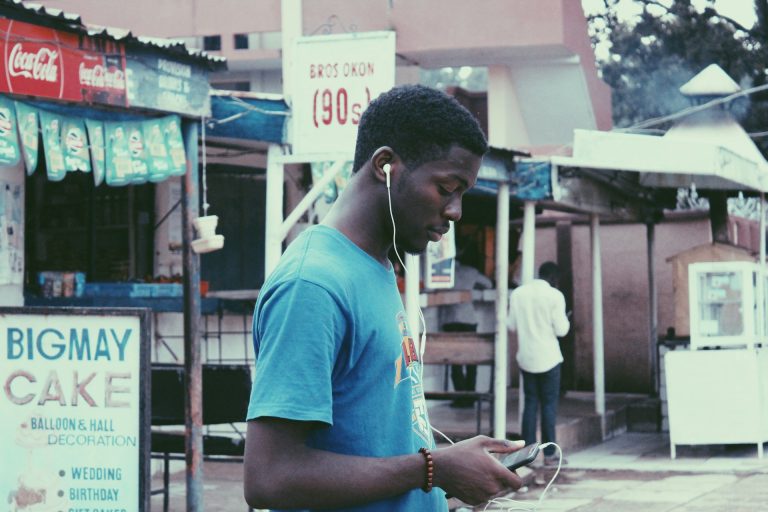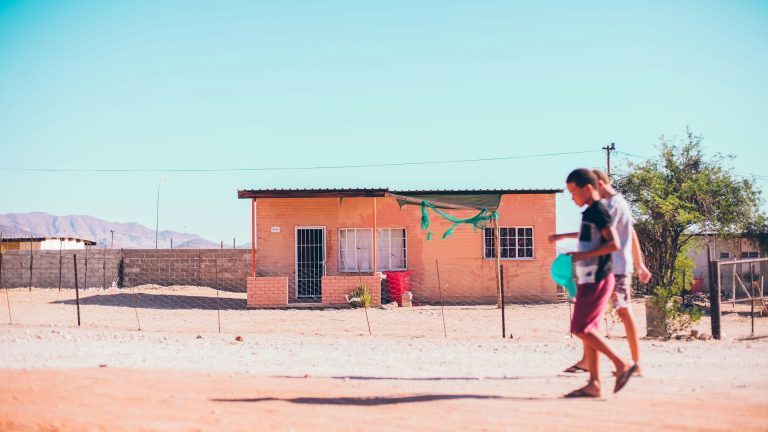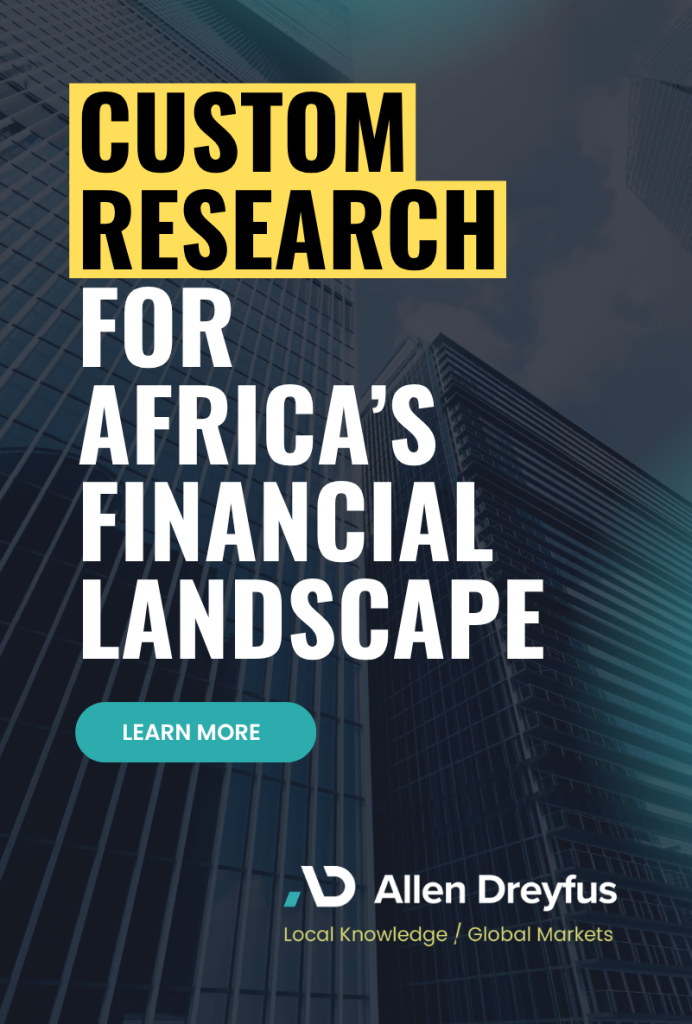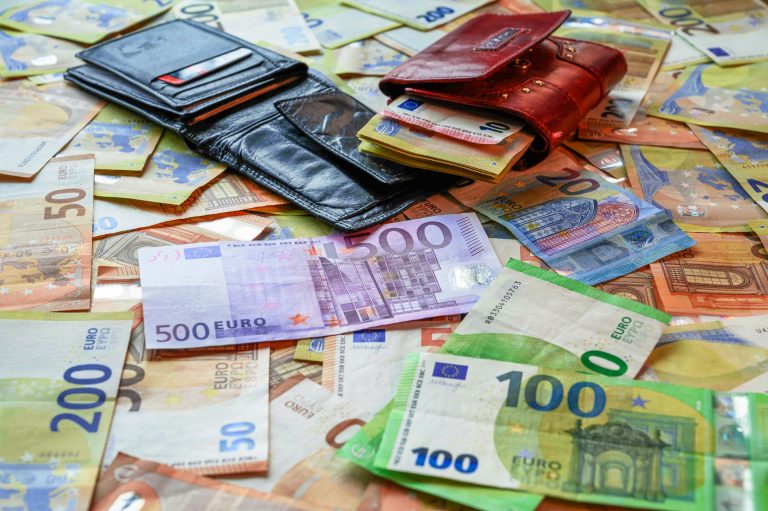- WAEMU inflation has returned to BCEAO’s 1–3% target band
- Central bank held rates at 3.25% in September 2025
West Africa’s eight-nation currency union has cooled inflation back into the Central Bank of West African States’ (BCEAO) 1–3% target range, giving policymakers space to hold rates and test whether banks will pass relief to firms and households.
The central bank trimmed its main policy rate to 3.25% in mid-June and left it unchanged on 17 September, with the marginal lending window at 5.25% and reserve requirements at 3%. Officials cited robust growth and easing price pressures across the Union.
The decision formalised a pivot from the tightening of 2022–2023, when global food and fuel shocks ripped through the Sahel and Gulf of Guinea.
Monthly data from BCEAO show the disinflation broadening. By the second quarter, year-on-year inflation for the Union had slipped to around 0.6% at one point, reflecting lower energy prices and improved food supplies in several members. That picture aligns with the IMF’s 2025 assessment: inflation “fell back to the target range,” external balances improved and reserves recovered.
Yet the policy-rate cut has not translated one-for-one into government borrowing costs. Côte d’Ivoire’s one-year Treasury bill cleared at an average yield above 7% at an April regional auction- more than double the BCEAO main rate – underscoring lingering risk premia and liquidity dynamics on the UMOA-Titres market. Investors still demand compensation for security risks in the Sahel, fiscal consolidation paths, and chunky issuance calendars after years of elevated borrowing.
The macro context remains enviable by regional standards. The IMF says Union-wide growth is strong, helped by investment in logistics, processing and extractives, while finance ministers are recommitting to the 3% of GDP deficit ceiling and 70% debt limit under a revised Convergence Pact – anchors that should support confidence and the CFA franc’s euro peg. But with credit growth still uneven across borders and sectors, BCEAO’s hold-and-watch stance places the onus on commercial banks to ease lending terms without compromising asset quality.
The test: from low inflation to cheaper money
The next six months will show whether the policy stance filters into the real economy. In theory, a 3.25% policy rate plus stable reserves should compress interbank costs and, in time, loan rates to cash-strapped SMEs. BCEAO’s own communications and local press coverage point to mid-single-digit growth in credit to the economy for 2025—respectable, but hardly a surge after the shock years. Watch banks’ appetite for longer tenors, which remains thin when treasuries still print 6–8% money at short maturities.
A second friction is market segmentation. Capital-rich sovereigns like Côte d’Ivoire and Senegal crowd local books with frequent auctions, leaving less room for private names. Until term premiums narrow, CFOs in agribusiness, logistics and light manufacturing will keep citing double-digit effective borrowing costs once fees and collateral haircuts are included. That gap helps explain why investment pipelines have leaned on development finance and blended structures even as headline inflation fell.
Commodity swings complicate the outlook. Cocoa’s wild ride – first a price spike and, more recently, a sharp pullback – reverberates through Côte d’Ivoire’s trade and fiscal accounts and through regional FX liquidity, despite the peg. Lower imported inflation is welcome, but sustained revenue buffers matter more for spreads and, ultimately, for banks’ pricing models.
Policy credibility is the cushion. The September rate hold came after June’s trim and alongside signals that headline inflation is likely to remain inside target, barring fresh food or energy shocks. BCEAO’s latest monetary policy reports and statistical bulletins corroborate the downshift in price momentum across most members, even as idiosyncratic pressures linger in parts of the Sahel.
Cross-border comparisons also matter for investor flows. Neighbours outside the franc zone are easing from far higher peaks: Ghana cut to 21.5% in September after an epic tightening cycle; Nigeria shaved its rate to 27% that same week. Against that backdrop, WAEMU’s “low-inflation oasis” pitch resonates – if banks and treasuries prove it with term funding at tolerable coupons.
What to watch next: (1) UMOA-Titres auction cover ratios and average yields as Q4 funding ramps; (2) private-sector credit growth in BCEAO’s monthly bulletins; (3) IMF programme reviews for Benin, Togo and others that condition fiscal trajectories; and (4) the cocoa and fuel price curves feeding through food and transport CPI. If those stars align, 2026 could be the year when WAEMU’s policy rate finally “feels” low on the ground.










